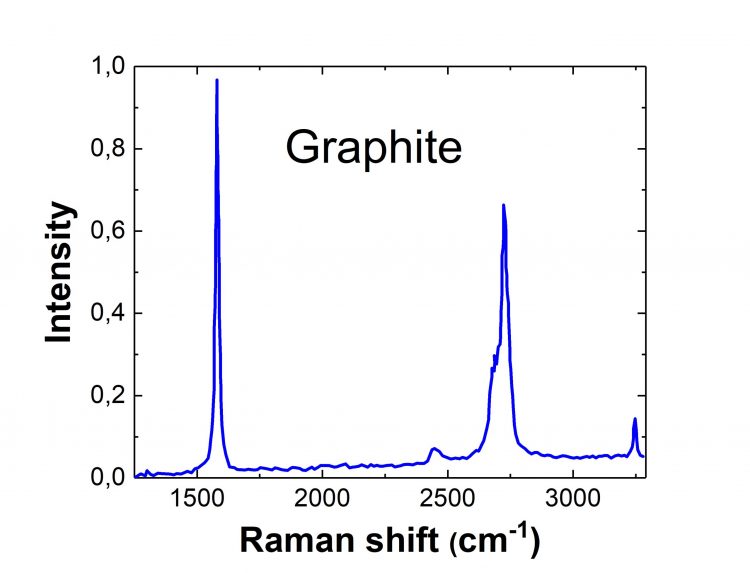Carbon Raman Spectrum
In recent years, carbon nanomaterials have radically changed the field of material science. Various examples of these structures offer a wide range of useful properties related to thermal resistance, electrical conductance, and exceptional strength, making carbon nanomaterials extremely attractive to many industries. However, the high level of interest in the processing, modification, and customization of these nanostructures imposes demanding requirements on the techniques that can be used to characterize carbon nanomaterials.
Contact us to get access to Raman Spectra Database more than 20 000 chemical and biological substances
Raman spectroscopy of C
Given that Raman spectroscopy is most sensitive to highly symmetric covalent bonds with little or no natural dipole moment, the carbon-carbon bonds comprising carbon nanomaterials are an ideal match for this measurement technology. Indeed, being inherently highly sensitive to this type of nanomaterials, Raman spectroscopy enables discerning even the slightest structural changes. Therefore, since Carbon Raman spectroscopy can provide a great deal of valuable information about the structure of carbon nanomaterials, it proves an indispensable tool in their characterization.
Raman Spectra Library
Raman spectroscopy can uniquely identify many chemical and biological agents.
All substances


